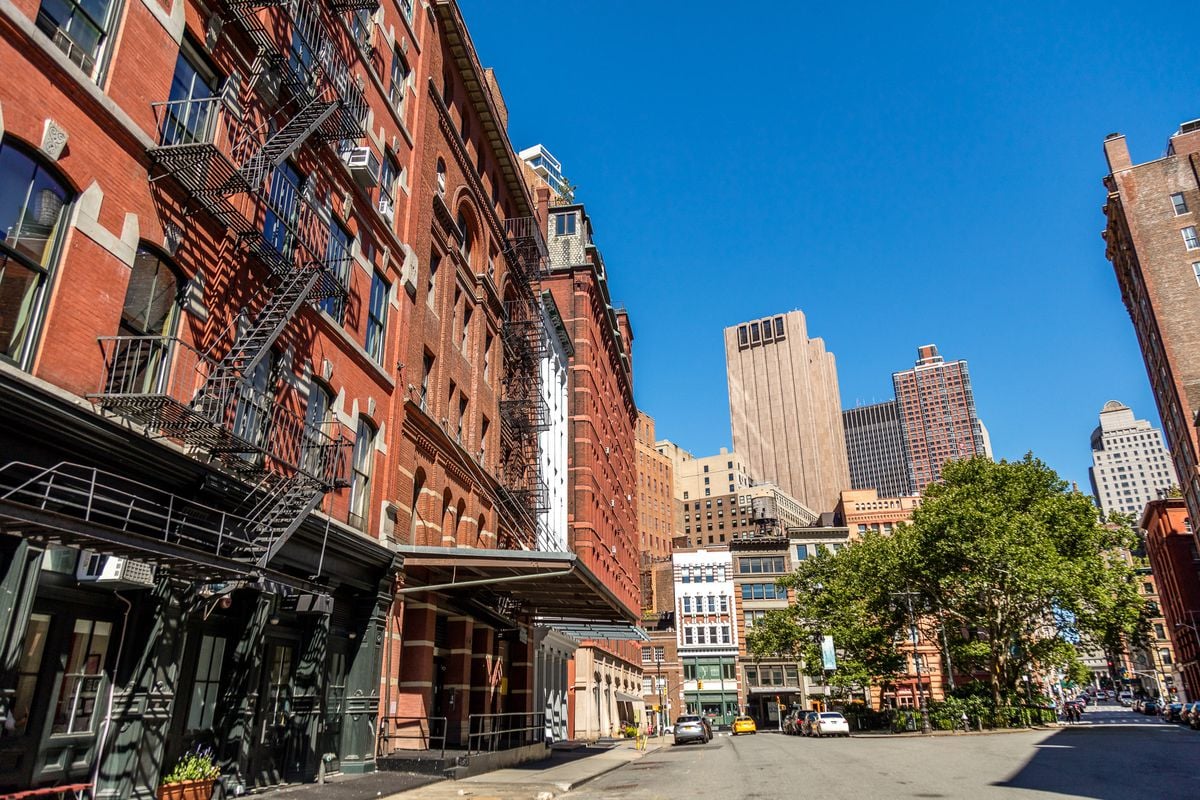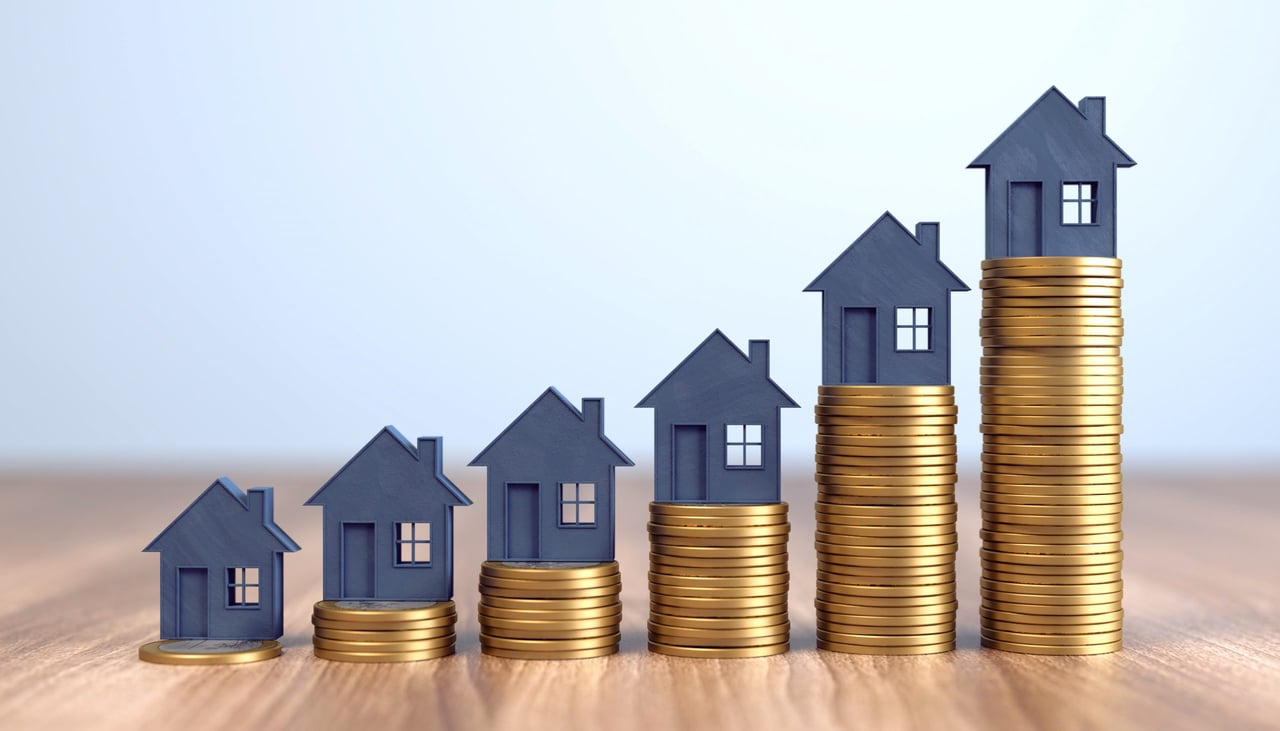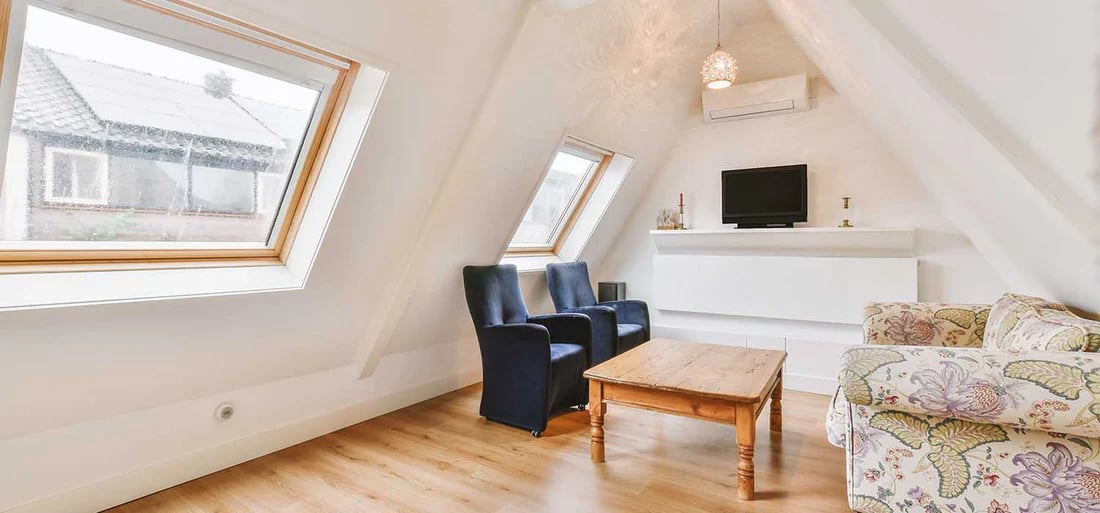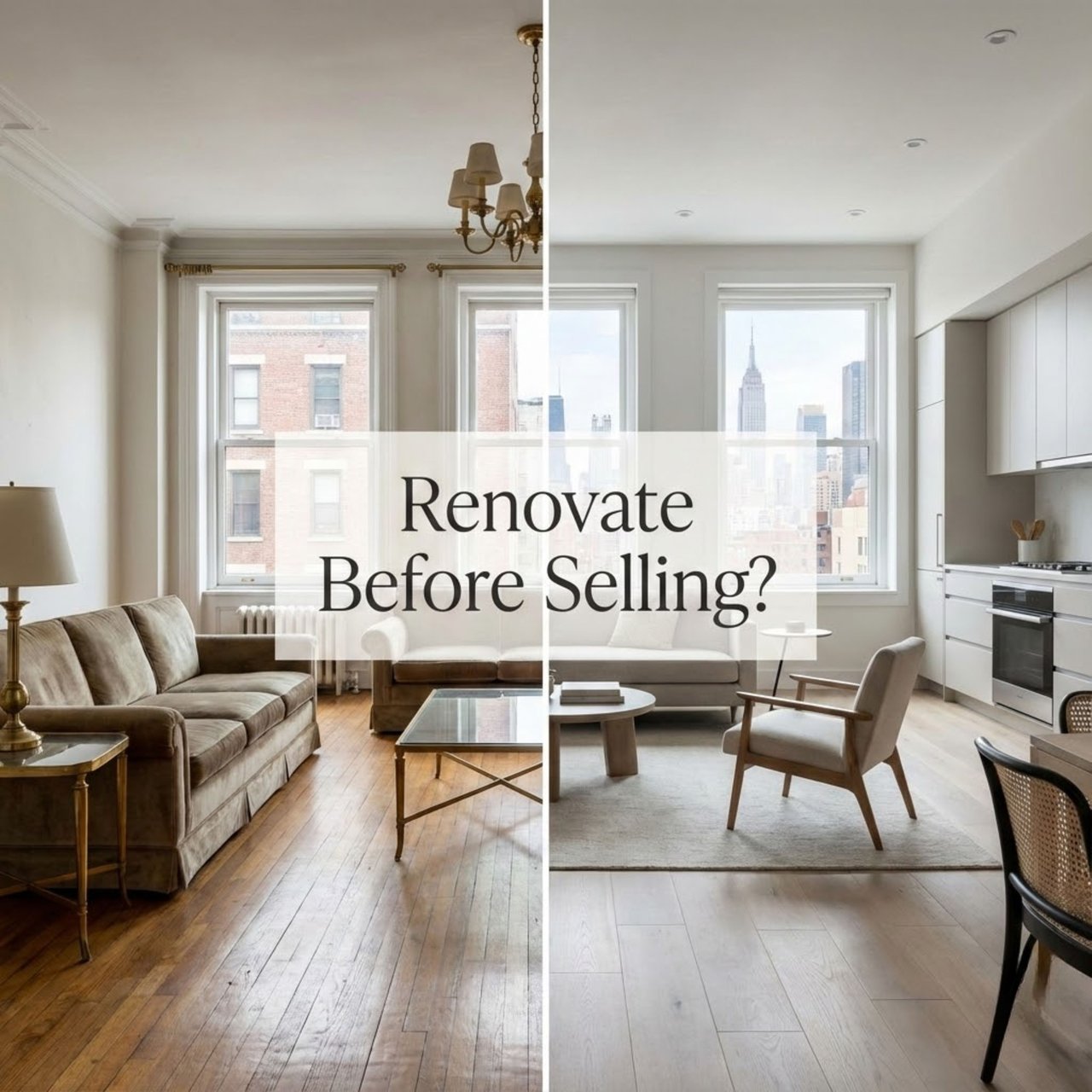As someone who lived in SoHo for over a decade and spent years immersed in the architecture, culture, and intricacies of the local real estate market, I’m frequently asked one particular question by both end users and investors: Should I buy in SoHo or Tribeca?
At first glance, the two neighborhoods may appear similar. Both are located in prime Lower Manhattan. Both have rich industrial histories. Both offer a mix of art, design, and exclusivity. But as any seasoned New Yorker will tell you, the details matter. SoHo and Tribeca are not interchangeable, and different dynamics, lifestyle offerings, inventory types, and investment trends shape the long-term real estate value you’ll find in each.
In this comprehensive guide, I’ll draw on my personal experience, real-world data, and market insights to offer an honest, side-by-side comparison. Whether you're purchasing a primary residence or seeking long-term value through appreciation or rental yield, understanding the nuances of these two iconic downtown markets is essential.
Neighborhood Character and Identity
There is something deeply personal about choosing where to live in New York City, and nowhere is this more evident than in SoHo and Tribeca. These neighborhoods are more than zip codes. They are statements of taste, lifestyle, and intent.
SoHo embodies the intersection of creativity and historic charm, while Tribeca exudes calm, modern luxury with an edge of discretion. While both markets appeal to high-net-worth buyers, they do so for very different reasons.
SoHo: Creative Energy Meets Architectural Rarity
SoHo, short for "South of Houston Street," is arguably one of the most recognizable neighborhoods in Manhattan. It is home to the world’s largest collection of cast-iron architecture, and its distinctive cobblestone streets evoke a sense of timeless authenticity.
Once a haven for artists and bohemians, SoHo evolved into a luxury enclave that maintains its creative spirit. Walk through Mercer, Greene, or Crosby Streets, and you'll find boutique galleries, fashion houses, design firms, and lofts that defy modern trends by staying resolutely unique.
As someone who specialized in SoHo lofts for years, I can attest that these spaces offer something irreplaceable. Original timber beams, 12-foot ceilings, and open, adaptable floor plans make these homes not just residences, but canvases for expression.
Tribeca: Quiet Prestige and Thoughtful Development
Tribeca, an acronym for "Triangle Below Canal," is synonymous with understated wealth. It offers an entirely different mood from SoHo. If SoHo buzzes with retail energy and cultural events, Tribeca feels more self-contained. The streets are wider, foot traffic is lighter, and the neighborhood’s layout fosters a sense of privacy.
Tribeca has seen significant redevelopment over the past two decades. Old warehouses have been transformed into sleek residential lofts, and ground-up constructions by acclaimed architects have turned the area into a showcase for modern design. It’s no surprise that celebrities, finance executives, and families seeking a more subdued environment have made Tribeca their home.
Housing Stock and Architectural Value
Choosing between SoHo and Tribeca means choosing between two very distinct types of inventory. The architectural DNA of each neighborhood has a direct impact on scarcity, desirability, and long-term investment value.
Before we even get into price per square foot or projected appreciation, it is critical to understand what kinds of properties you're choosing from.
SoHo: Cast-Iron Lofts and Historic Districts
SoHo's inventory is dominated by loft buildings, most of which are part of landmarked historic districts. These properties are often located in co-ops or boutique condominiums, many of which were converted from manufacturing buildings in the 1970s and 1980s.
What makes SoHo so appealing to design-forward buyers is the authenticity of its architecture. These are not merely luxury properties, but historical artifacts. They possess a visual and tactile quality that is impossible to replicate today.
However, buyers should be aware that these properties often come with caveats. Renovations require Landmarks Preservation Commission approval, many buildings lack elevators or full-time doormen, and amenities are generally sparse compared to newer buildings. But for the right buyer, these compromises are worth it.
Tribeca: New Luxury with a Nod to the Past
While Tribeca also has its share of converted warehouse buildings, the neighborhood is known for offering more modern amenities and larger footprints. Many properties are housed in new developments, which means higher ceilings, better insulation, and often, panoramic views.
Tribeca buildings tend to be condominiums, offering greater flexibility for financing and subletting. Developers here have catered to affluent buyers by including rooftop terraces, fitness centers, children’s playrooms, private garages, and concierge services.
For buyers seeking a turn-key experience, Tribeca frequently offers a broader selection of options. However, with modernity comes uniformity. Some buyers feel that newer buildings lack the character and uniqueness found in SoHo’s original lofts.
Pricing and Market Trends
Understanding the long-term value of a neighborhood starts with its pricing history, appreciation trends, and its behavior across different market cycles. Both SoHo and Tribeca have seen remarkable appreciation since the early 2000s, but the way that appreciation has manifested is quite different.
Over the past five years, both neighborhoods have outperformed the Manhattan average in terms of resilience, price stability, and recovery after downturns.
SoHo: Stable Demand with Cyclical Surges
SoHo saw explosive growth between 2000 and 2015, especially as international buyers and tech entrepreneurs entered the market. Since then, pricing has remained relatively stable, with minor fluctuations depending on the global economic climate.
Part of the reason SoHo has remained in demand is its limited inventory. Landmark status means that developers cannot tear down and rebuild, which preserves architectural value but limits new supply. In this way, SoHo benefits from built-in scarcity.
Current average price per square foot in SoHo is between $2,300 and $2,800, depending on condition, location, and building type. However, iconic properties with provenance or design pedigree often exceed $3,000 per square foot.
Tribeca: Consistent Growth Anchored by New Development
Tribeca’s pricing has followed a more measured trajectory. The neighborhood has benefited from consistent developer interest, and that pipeline of new luxury product has helped maintain price growth, even as other parts of Manhattan have seen dips.
The current average price per square foot in Tribeca hovers between $2,600 and $3,200. Top-tier properties, such as penthouses in starchitect-designed buildings, can command over $4,000 per square foot.
The key to Tribeca's resilience is its appeal to both domestic and international end users who view the area as a long-term residence, not just an investment. This stabilizes the market even during turbulent times.
Rental Yields and Investor Outlook
For those considering their purchase as both a lifestyle choice and an investment, the rental market in both neighborhoods offers additional insight into long-term value. While Manhattan as a whole has a competitive rental environment, downtown neighborhoods like SoHo and Tribeca behave a bit differently.
SoHo rentals appeal to a younger, more mobile demographic, while Tribeca units attract long-term leases from families and corporate tenants. These trends affect turnover rates, rent appreciation, and vacancy.
SoHo: High Turnover, High Demand
Design-conscious professionals, creatives, and international tenants heavily drive SoHo’s rental market. Lofts with architectural appeal rent quickly, particularly if they are furnished.
However, because many buildings are co-ops with restrictive sublet policies, the rental stock is relatively thin. This scarcity supports rental prices, with lofts fetching anywhere from $6,000 to $15,000 per month, depending on size and location.
Rental yields tend to fall between 2.5 and 3.5 percent annually. While not high by national standards, they are quite strong by Manhattan metrics, especially for properties that offer historic character.
Tribeca: Low Vacancy, Premium Tenants
Tribeca’s rental appeal lies in its suitability for families and executives. Many of its condominiums are investor-friendly, allowing for longer leases and fewer restrictions. Renters often sign one-to-two-year leases and stay longer, which provides stability for landlords.
Luxury condos in Tribeca can rent for between $8,000 and $25,000 per month, depending on finishes and amenities. High-end buildings near the waterfront or with private outdoor space consistently outperform others.
Rental yields here are also in the 2.5 to 3.2 percent range, but they come with fewer maintenance issues and tenant turnover, which some investors value more than headline return.
Lifestyle and Community
Your quality of life will vary significantly between SoHo and Tribeca. Even though they are only blocks apart, each offers a distinct rhythm, population, and culture.
While SoHo appeals to those who feed off the city's energy, Tribeca serves as a haven for those who want to escape it without leaving Manhattan.
SoHo: Art, Fashion, and Urban Vibe
Living in SoHo means constant stimulation. On any given day, you might pass a fashion shoot on Crosby Street, stumble into a gallery opening on West Broadway, or have brunch at an outdoor café next to an art director and a novelist.
The neighborhood is lively, walkable, and constantly evolving. Its retail scene is second to none, with a mix of flagship stores, independent designers, and global brands.
However, with popularity comes congestion. Tourists flood the area on weekends, and living above a high-traffic block can be challenging. That said, those who choose to live on quieter streets like Wooster or Sullivan will find a perfect balance between energy and sanctuary.
Tribeca: Privacy, Parks, and Refined Calm
Tribeca is where the city slows down, both literally and metaphorically. The streets are less crowded, the pace is gentler, and the community is more tightly knit. This is a neighborhood where you’ll know your neighbors, your dry cleaner, and the barista at your local café.
It’s a favorite among families because of its excellent schools, access to Hudson River Park, and abundance of playgrounds. The restaurant scene is sophisticated, with establishments that prioritize quality over trendiness.
Tribeca’s energy is quieter but no less luxurious. It offers a kind of everyday comfort that is rare in downtown Manhattan.
Long-Term Value: Final Considerations
When evaluating long-term value, there is no one-size-fits-all answer. Both neighborhoods are resilient, both offer strong appreciation potential, and both attract discerning buyers. Your decision should reflect your lifestyle preferences, risk tolerance, and future goals.
If you’re a purist who values authenticity, design, and uniqueness, SoHo represents a rare and culturally rich investment. If you prioritize functionality, luxury, and long-term stability, Tribeca offers a more structured and reliable path.
The truth is, you can’t really go wrong with either, provided you choose the right property within each market.
Let’s Find Your Ideal Downtown Investment
If you're debating between SoHo and Tribeca, you deserve tailored advice based on your needs, timeline, and financial goals. I bring more than ten years of hands-on experience in SoHo real estate, combined with a deep understanding of Tribeca’s evolving market dynamics.
Whether you're looking for a historically significant loft, a modern family-friendly condominium, or an off-market opportunity that hasn’t hit public listings yet, I can help you evaluate your options with clarity and confidence.
Let’s connect to explore what downtown living can look like for you. Reach out today to schedule a consultation or private showing. Your next chapter in New York real estate begins with an informed decision.




